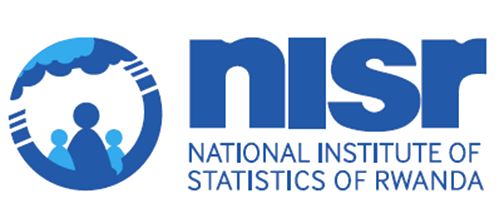Datasource:
Comprehensive Food Security and Vulnerability and Nutrition Analysis Survey (CFSVA)
Period:
January, 2018 to December, 2018
The Comprehensive Food Security and Vulnerability Analysis (CFSVA) and Nutriton survey 2015 is the fourth of its kind conducted in Rwanda, following those of 2012, 2009 and 2018.
In 2018, at least 81.3 percent of all households (about 2,034,942 households) were food secure (i.e., they were able to meet essential food and non-food needs without engaging in atypical coping strategies), have an acceptable diet, and use a low share of their budget to cover food needs.
Among these, 38.6 percent (966,160 households) were considered marginally food secure, meaning that they are at high risk of becoming food insecure. In total, 18.7 percent (468,062 households) were food insecure: out of these, 1.7 percent (42,551 households) were severely food insecure.
The Western Province has the highest prevalence of food insecure households (29.9 percent), followed by the Southern Province (20.5 percent), Northern Province (17.8 percent) and Eastern Province (16.2 percent). The lowest prevalence of food insecurity was in the City of Kigali (2.2 percent of moderately food insecure). While the Western Province maintains the larger proportion of food insecure households, the situation in this province has steadily improved since 2015, with a decrease of 3.4 percent severely food insecure households.
Compared to 2015, more households reported having experienced shocks and faced food access issues. Around 40 percent of households reported having experienced at least one shock or an uncommon situation during the last 12 months that affected their access to food. The most commonly reported shocks were weather related, such as drought, irregular rains, or prolonged dry spells, which mainly affected the Eastern and Southern Provinces.
